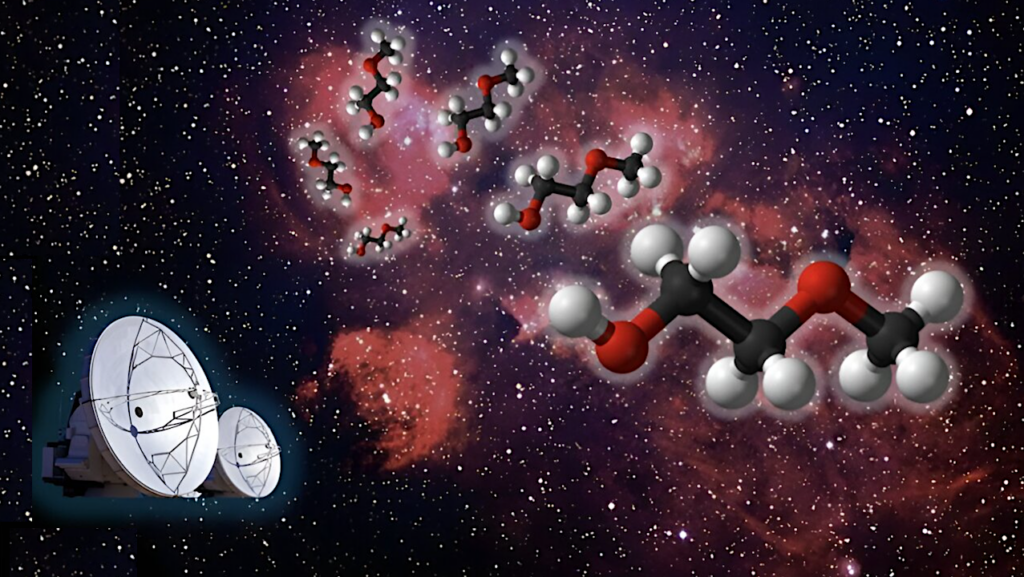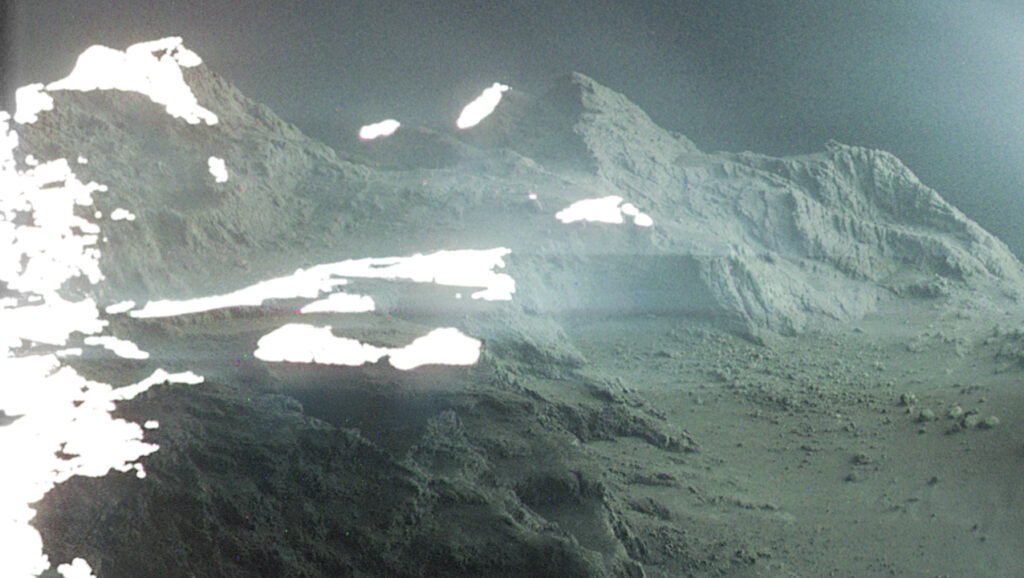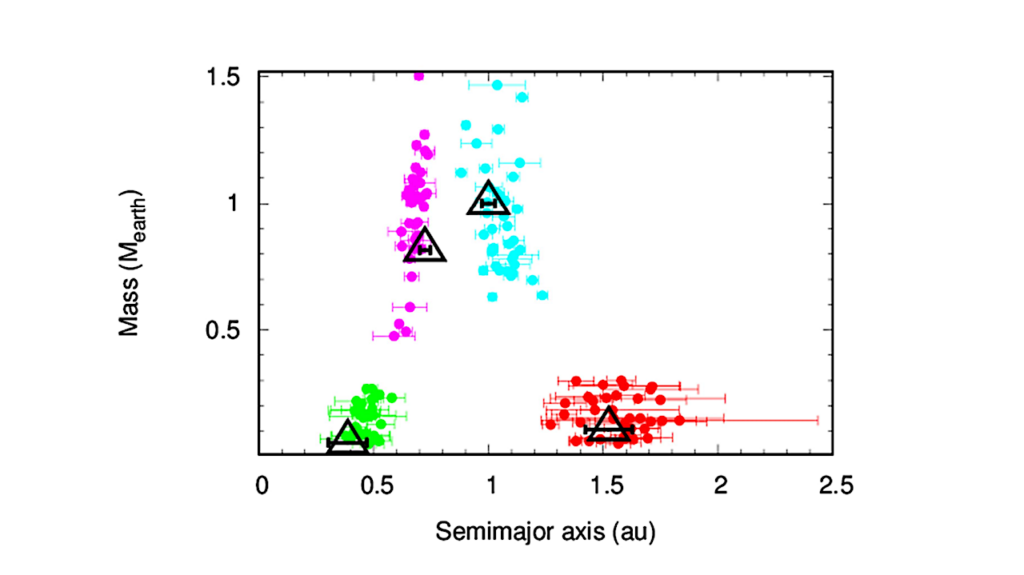Electrostatic Activation of Prebiotic Chemistry in Substellar Atmospheres

Charged dust grains in the atmospheres of exoplanets may play a key role in the formation of prebiotic molecules, necessary to the origin of life. Dust grains submerged in an atmospheric plasma become negatively charged and attract a flux of ions that are accelerated from the plasma.
The energy of the ions upon reaching the grain surface may be sufficient to overcome the activation energy of particular chemical reactions that would be unattainable via ion and neutral bombardment from classical, thermal excitation. As a result, prebiotic molecules or their precursors could be synthesised on the surface of dust grains that form clouds in exoplanetary atmospheres.
This paper investigates the energization of the plasma ions, and the dependence on the plasma electron temperature, in the atmospheres of substellar objects such as gas giant planets. Calculations show that modest electron temperatures of =1 eV ( = 10 4 K) are enough to accelerate ions to sufficient energies that exceed the activation energies required for the formation of formaldehyde, ammonia, hydrogen cyanide and the amino acid glycine.
Craig R. Stark, Christiane Helling, Declan A. Diver, Paul B. Rimmer (Submitted on 18 Nov 2013)
Comments: 18 pages, 3 figures. Accepted, The International Journal of Astrobiology
Subjects: Earth and Planetary Astrophysics (astro-ph.EP)
Cite as: arXiv:1311.4408 [astro-ph.EP] (or arXiv:1311.4408v1 [astro-ph.EP] for this version)
Submission history From: Craig Stark [v1] Mon, 18 Nov 2013 14:46:05 GMT (259kb)








